Major ongoing works to restore a local church have unearthed ancestral bones dating back over hundreds of years.
Set in the rolling countryside of South East Cornwall, the church sits within the parish of South Hill, near Callington. Significant restoration has been taking place on the Grade I listed church which has recently been awarded £200,000 of funding from the National Lottery Heritage Fund.
Work to turn a side chapel into a warm, communal space has unearthed remains of what are thought to be descendants of the Manaton family, local ‘Lords of the Manor’ dating back between 300 and 500 years old.
Excavations at St Sampson's Church at South Hill, Callington, have uncovered what is believed to be the remains of members of the Manaton family buried in their family chapel.
The discovery of two skeletons unearthed during the renovation work prompted an open day at the church attended by more than 50 people who came to view the two single and double vault that contained the the historical remains. Work will now continue to match the DNA and provide facial reconstruction of the remains.
It’s not uncommon to find bones when undertaking church restorations as churches were used as burial grounds for centuries, Judith Ayers, churchwarden of St Sampson’s Church explains. The difference is that the skeletons unearthed at St Sampson are probably direct ancestors of a member of the Manaton family who travelled back from Dallas, Texas to watch events unfold.
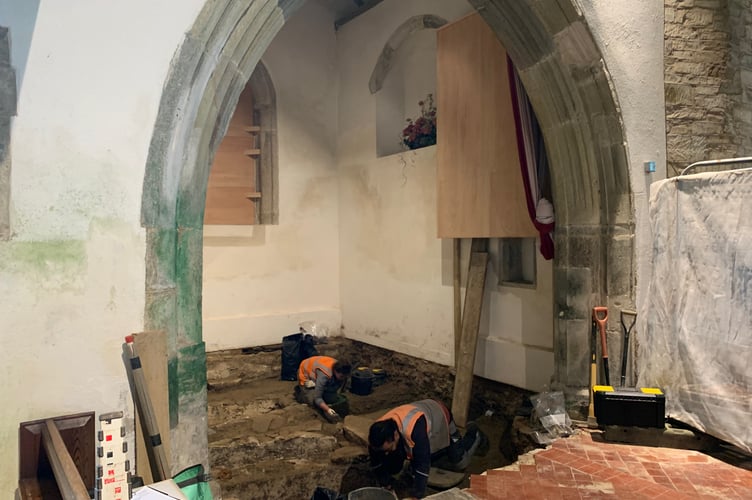
Mike Manaton has been investigating the history of his family since taking up the mantle from his father. He comes from a junior line of the family that left for the Americas in 1833. He has been crossing the Atlantic repeatedly since 2007 to piece together the history of his ancestors in South Hill. As soon as he was notified that skeletons had indeed been uncovered, he once again hopped on a plane.
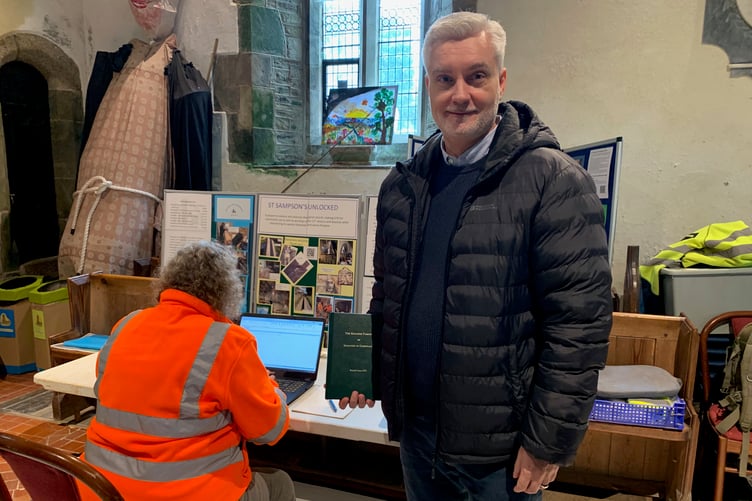
“The earliest records that we have of the family in this vicinity date back to 1185. And at that point in time, we believe that the family came from Dartmoor and took their name from Manaton on Dartmoor. And they acquired some church lands that belonged to Lanson [Launceston] priory,” said Mike.
“We think by probably about the late 15th century that achieved a level of influence here locally that they appropriated the use of the north transept here in the church as a private family chapel,” added Mike.
“We were well aware that we were likely to find old remains because of Mike’s research and history and all the documentation and the wills, so it wasn’t a surprise to us,” added Judith who is the helping to lead the restoration on the church.
Mike explained: “The burial vaults and, and the family burials really were kind of a recent discovery in the scheme of things. There were clues, but we didn't connect the dots until maybe two years ago.”
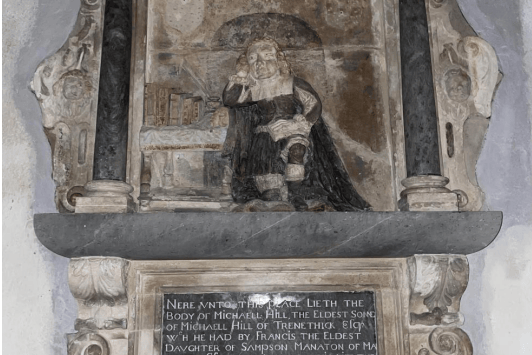
A monument on the wall within the Manaton chapel that was restored as part of conservation work between 2021 and 2023 played tribute to a young boy, Michael Hill. The inscription on the memorial was faded but the restoration work gave clues that he was buried within the chapel: ‘Nere unto this place lieth the body of Michael Hill… who departed this life the 17th June 1633’.
“I always thought that was just a literary reference,” added Mike. “Then going back and looking through family wills, there were specific instructions among three of the family members that they wanted to be buried inside the church in their aisle.
“I started doing a little bit of research and learned about the practice of burying inside the church. That evidence combined with the ledger stone gave us good reason to believe that there may be a burial vault here.”
The last recorded burial would have been 1737, adds Mike, but could have been as early as 1500 based on a mysterious ledger stone that is still missing but recorded in antiquarians’ histories.
“We have a candidate list of the people who were here, but we also didn't know if in the intervening 300 years during construction or restoration it had been discovered and cleaned out.
“After they had removed about a foot and a half-ish of soil, then we could see the outline of the brick and mortar vaults. So that was very exciting.”
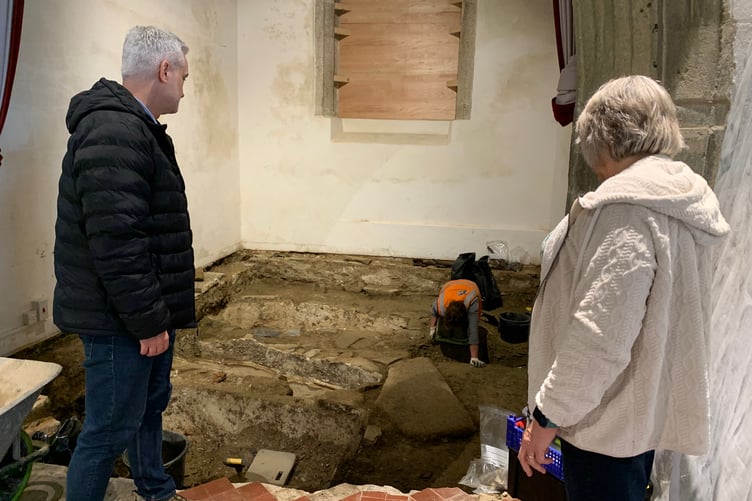
As they gradually dug down through the layers, the archaeologist uncovered three tombs and an earth burial site. Two fully intact skeletons were found and a large amount of disarticulated remains, which is common in church burials. Previous bones dug up to allow for a later burial would have been put back in on top and reburied, adds Judith.
The discovery of the skeletons will take Mike one step closer to to piece together the Manaton family history. He joined his father’s in his endeavours and they began researching together, recovering the details of their history that had been lost since they journeyed to the Americas.
His first visit to the site was in 2007 and the unanswered questions have been drawing him back ever since. “We also got extremely fortunate in 2014. A professional genealogist, unprompted, took an interest in the family and did the research and published a book on the history of our family. “I call it the family Bible,” said Mike.
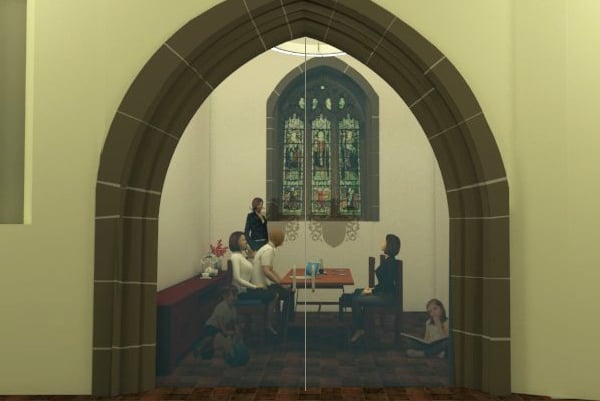
Mike’s father passed away shortly after Mike became involved in the work at South Hill. Mike said he would have been kicking himself about the discovery. “After that first visit, we had dinner together and I showed him the pictures we had. It was a nice evening and a chance for us to talk about all the things that had been done and you know, piece things together and see the pictures.”
Three days later his father passed away. It was the last conversation they had together and it remains Mike’s motivation to continue the work being undertaken today. But more than that, Mike over the years has become a cherished member of the St Sampson church congregation.
He said: “That has been a remarkable gift and is I’ve had the chance to become part of the community here, and the church community is amazing. It’s a sense of belonging above and beyond anything I would have expected.”
There is even a Tavistock link to the story of the Manatons in South Hill. Sampson Manaton (1692/3–1737) died without heirs, leaving his estate to his cousins in Tavistock. He may have been the last Manaton interred in the family vault.
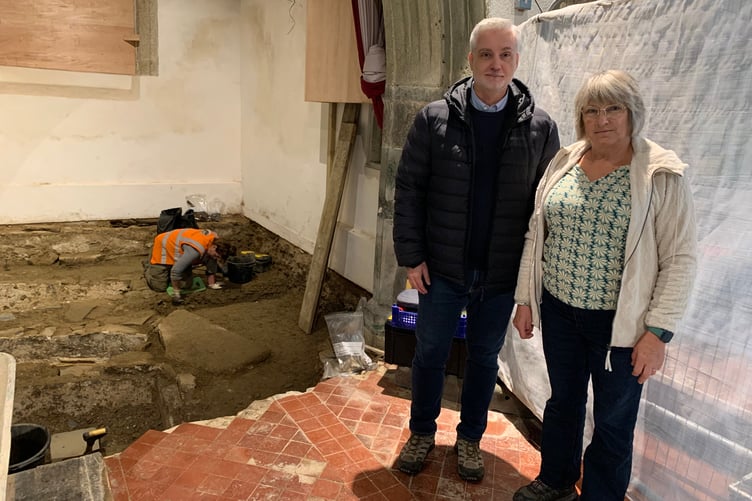


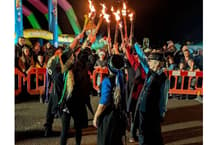

Comments
This article has no comments yet. Be the first to leave a comment.